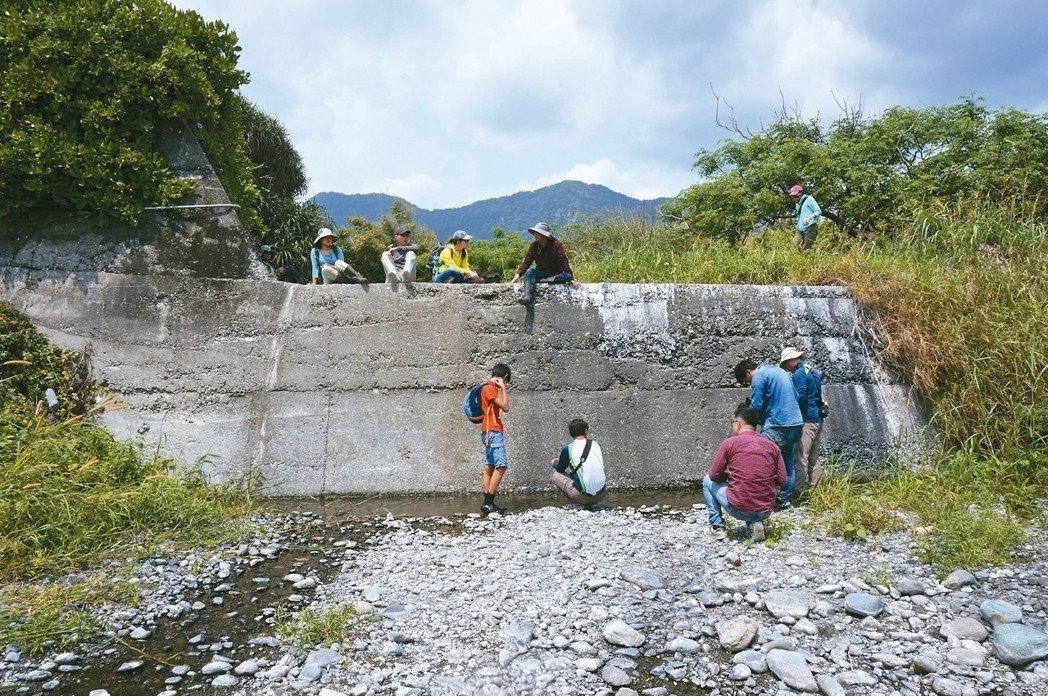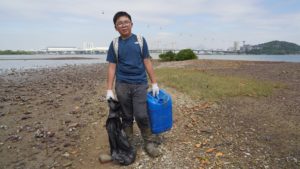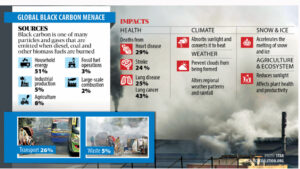“ The only way home is to bash against a wall.”
In March 2018, the Environmental Ethics Foundation of Taiwan released a video shot depicting fish jumping from a river in order to reach the upper streams to spawn.
However, as the river bank was made of concrete, the fish were defeated by the task and died at the river side. None completed their mission to return.
This was not a special case, but an average scene by the rivers of Taiwan.
The Society of Wilderness investigation team on Taitung streams investigated 40 streams in Taitung but discovered that only one was not modified.
The rest had their base and bank covered with concrete. As such, there was no upper stream for fishes to return to or water for crab-eating mongooses to drink.
The streams were also losing their fauna.
River enforcement projects by the government are the main culprit behind this environmental degradation.
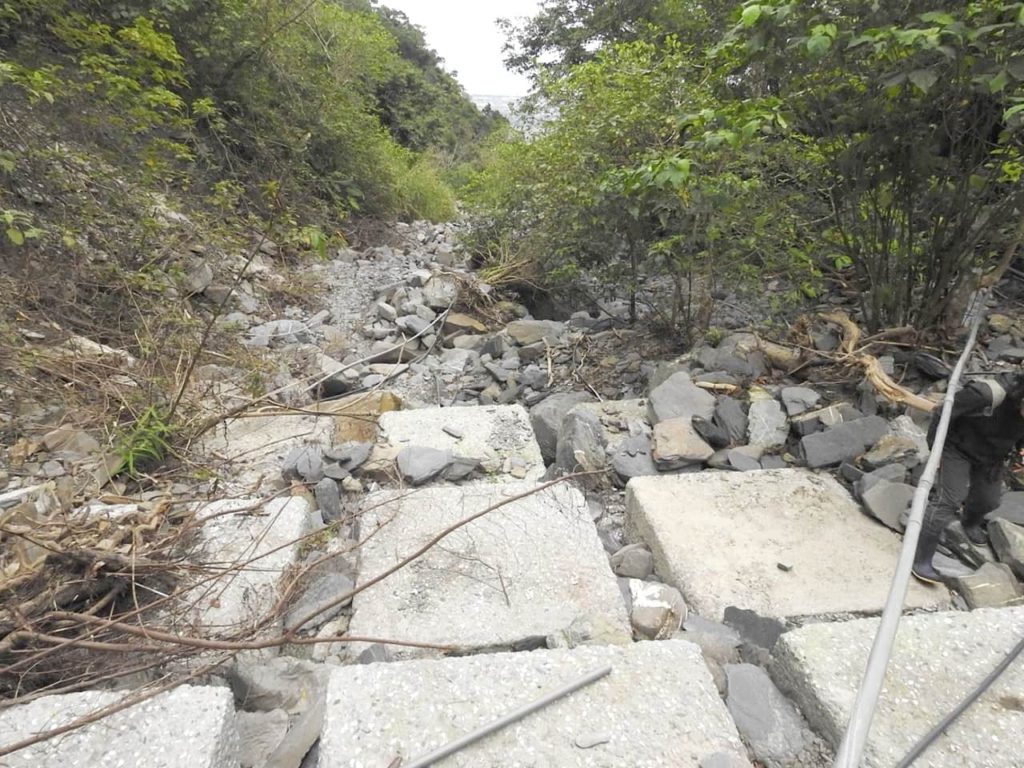
The first two projects, which cost over US$6.6 billion, dried up streams and caused the disappearance of creatures along them.
Last year, the Forward-Looking Infrastructure project budgeted US$8.35 billion on water resource improvement.
How much more damage will this cause?
The erosion of these streams and the retaliation of nature can strike at anytime.
Countless “river-strengthening” construction projects have destroyed the river bank habitat.
Taitung’s natural environment is regarded as one of the least developed in Taiwan.
However, even a beautiful country like Taitung is embedded with a truth we cannot ignore and forget.
Eastern Taiwan’s streams contain a rich eco-system. Most of them flow into the ocean without joining other streams or rivers.
These crooked river paths join the ecosystems of the river and the ocean. Reproduction and immigration of each species shapes the beauty of river bank habitat.
Conducted over three years, the Society of Wilderness investigation report on the streams of Taitung revealed that 39 out of 40 streams have changed greatly over the period.
The state of the river exceeded our imagination when we followed the investigation team to Hsing Bridge in Bei-nan county.
Layers of concrete and beams reinforced the construct. Each river bed was paved with concrete and filled with sand and stones.
Yan Chia-Chun, the section chief of the creature section said, “it’s now becoming a ditch, not a stream.” We climbed down to the river bed surrounded by a concrete wall. It is impossible for fishes, crabs or any other river creatures to survive on this river bed.
“Ditches and layered river beds are the worst,” he added.
At the estuary of Ding-Chiao Stream in the Tung-he township, the water had disappeared into mud and soil.
PREVENTING VERTICAL MOVEMENT
One species that has suffered from these changes is the Sicyopterus japonicus, also known as the monk goby. The fish is common in the streams in Taitung.
Its pectoral fins contain suction cups used to move between pebbles and rock walls near the estuary. But the construction makes the river bed too high for this fish to climb , not to mention other creatures.
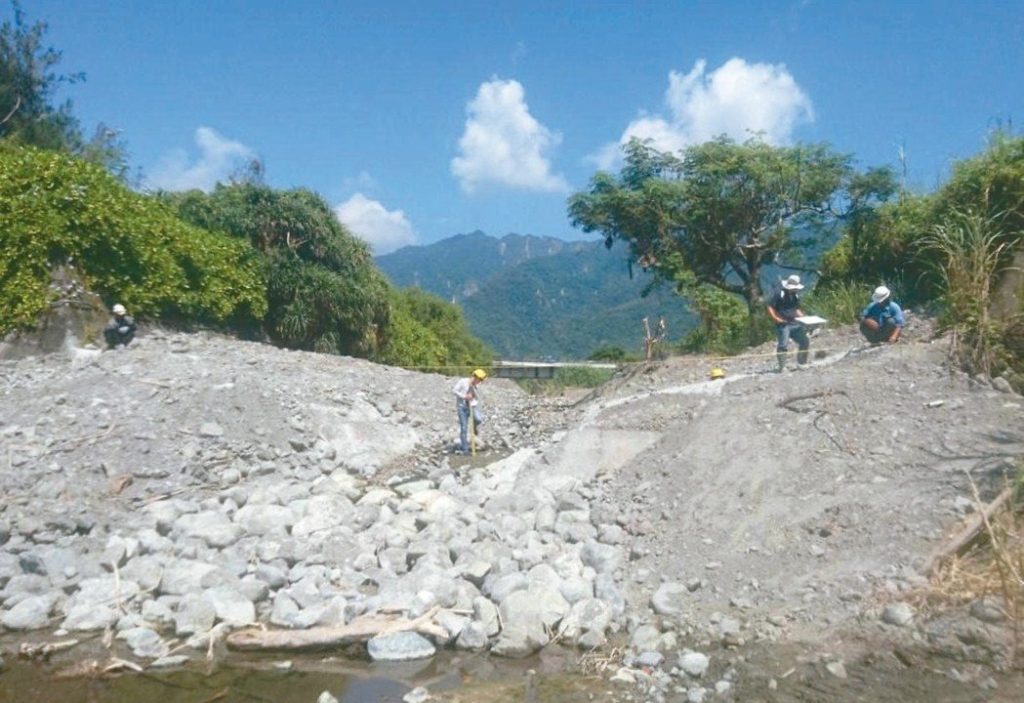
The team also said that, Pseudograpsus setosus crabs could normally only be found in Taitung streams.
They spawn at the estuary in March and April each year and return to the upper stream after their eggs have hatched. Unfortunately, after the construction, no creature movement has been spotted in their record.
FATAL JOURNEYS
Not only has vertical movement become impossible, reaching the river is now fatal. On the day of the investigation, we discovered the flattened body of crab eating mongoose.
“They have to risk their lives just to drink water, ”said a volunteer of the investigation team. The volunteer theorised that the mongoose had smelt the presence of water beneath the highway but was unable to find a way to the riverbed. It then died after being run over by a vehicle.
Environmental observer Hong Wei-Ting once recorded a saddening video. A pair of moorhens were circling at the river bank.
It turned out that their baby moorhen had fallen into the river and the mother moorhen could not do anything.
Hong threw a log and saved the baby moorhen. He said that the growing construction eventually killed most of the creatures along the river.
THE DESTRUCTION OF HABITATS OF TREE FROGS
Improper riverside construction can also make specific species extinct. The Rhacophorus arvalis frog which could be found in Yunlin and Chiayi counties can no longer be found as riverside construction has destroyed their homes.
The former director of Environment Management Institute in Trans World University Mr. Chang Tze-Chien said, before the increase in construction works, there were around 2,000 tree frogs along the stream Lun-Tze near the university.
Chang added that after the Lun-Tze river was re-constructed, the bamboo forest along the river transformed into concrete river bank.
Gone were the tree frogs’ houses as well as the water in the bamboo forest.
The tree frogs used to inhabit at Dounan Township as their far west habitat.
Around 500 Rhacophorus arvalis were able to survive when there were bamboo forest along the riverside.
As the river bed was broadened from 10 metres to 400 metres in order to accelerate flow, the bamboo forest was removed and no Rhacophorus arvalis has been spotted since.
We might be witnessing the extinction of the species as it happens, said Chang.
This story was originally published by United Daily News on Jun 14, 2018.
After the article was published, the Vision Project launched the feature report “Looking for the Streams, Saving the Waterways.” It reported how the authority tried to strengthen the river by covering the river bank with concrete. What was meant to be quick and efficient turned the river into an environmental disaster.The ecosystem was destroyed and no circulation was able to revive the river. The Vision Project covered the experience of Singapore and Japan, and report the current situation of the rivers in Taiwan. After the report was launched, environmental protection activists echoed our coverage and encouraged local government and authorities to respond. The Water Resources Agency then announced that the current construction on the rivers should be reviewed and proposed a more eco-friendly method of construction. The River Bureau has also suspended construction and decided to recover the ecosystem before further construction movement is reviewed to be necessary.

